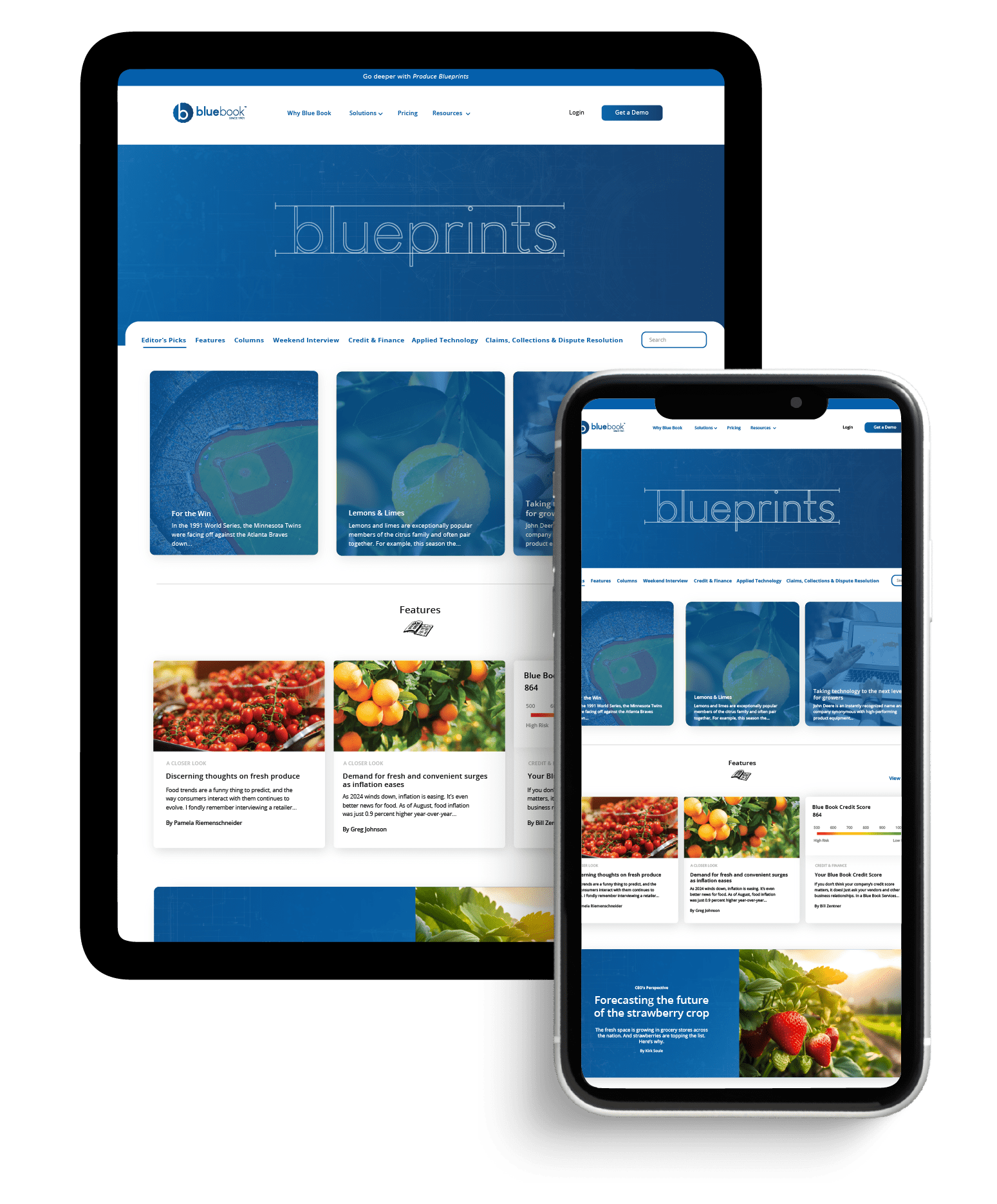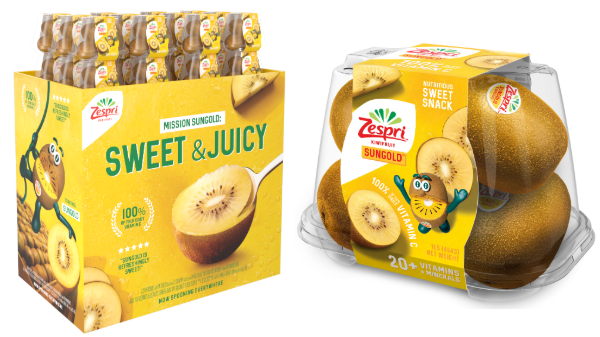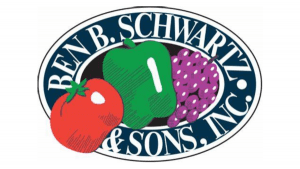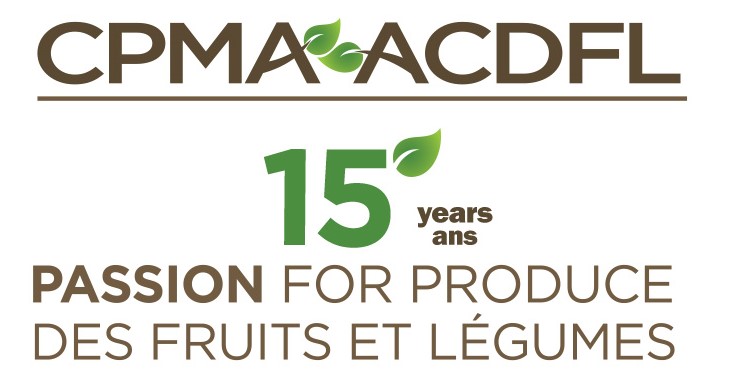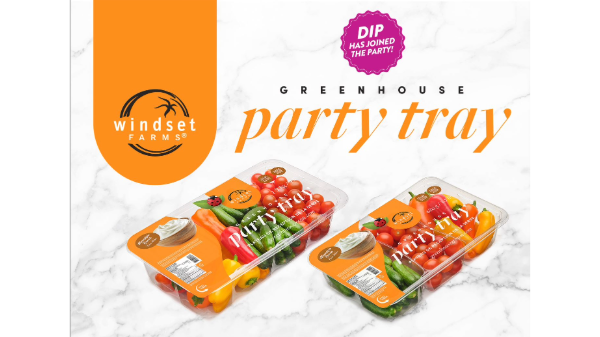Welcome to Blue Book!
Are you ready to join the thousands of companies who rely on Blue Book to drive smarter decisions? View our plans and get started today!
Still have questions? We’d love to show you what Blue Book can do for you. Drop us a line– we’ve been waiting for you.
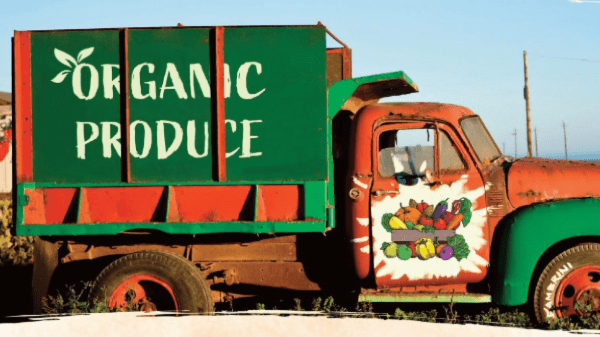
Thirty years ago, one would be hard pressed to find an extensive array of fresh organic produce in any major grocery chain.
Once seen as a niche market, today organics are mainstream and found in 82 percent of supermarkets according to the Food Marketing Institute, with billions in sales to prove it.
When it comes to fresh produce aisles, organics accounted for 10 percent of sales but drove 43 percent of sales growth, according to the Organic Produce Network and Nielsen—evidence of the strength of the organic produce market.
Millennials are credited with much of this rising popularity, particularly those who are married with children. What’s more, this particular subset of shoppers is willing to pay a premium for organics, and researchers believe the trend will continue to grow as younger millennials marry and start families.
This premise carries significant weight with Los Angeles-based grower-shipper 4Earth Farms, LLC BB #:148899. Slightly more than half of the company’s total sales come from organics and, says Mark Munger, vice president sales and marketing, “Our sales are still growing. We’re selling more organic products and we look for new additions to our line.”
4Earth Farms recently added mini sweet peppers and Persian cucumbers to its organic portfolio of 180 products, led by topselling Brussels sprouts, green beans, and sugar-snap peas.
Demand is also strong at Ocean Mist Farms of Castroville, CA BB #:111742. The company has been cultivating organic artichokes since 2000.
In 2015, the Ocean Mist Organic brand was introduced with a full line of fresh vegetables. Top commodities include celery, broccoli, and cauliflower, along with asparagus in winter.
“We plant based on customer demand and what shoppers are asking for,” said Joe Angelo, Ocean Mist’s organic sales manager, who says the company transitions land every year. An example is Brussels sprouts, which began with limited acreage, but will increase due to solid sales.
The growing popularity of Brussels sprouts, both organic and conventional, is borne out by U.S. Department of Agriculture (USDA) census data, showing acreage in California (the nation’s top supplier), surged from 2012 to 2017.
Consumer demand for organic products is expected to keep growing, not just in the United States, but globally.
At the same time, fresh produce is expected to remain one of top food categories. “Realistically, we’ll see low double-digit growth, like 10 percent,” predicts Munger, as new items become available and additional channels fill up.
The three legs to the organic stool, Munger notes, are strong quality, competitive price, and fill rate. It’s about giving shoppers what they want. Convenience, choice, and year-round supply are paramount to keep fresh organic fruit and vegetables a darling of the produce department.


